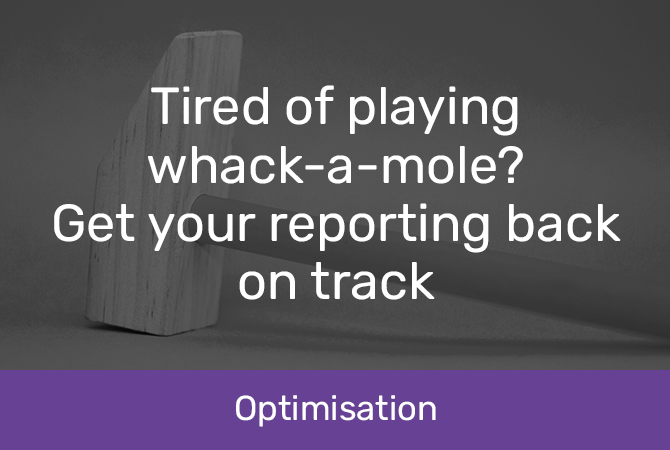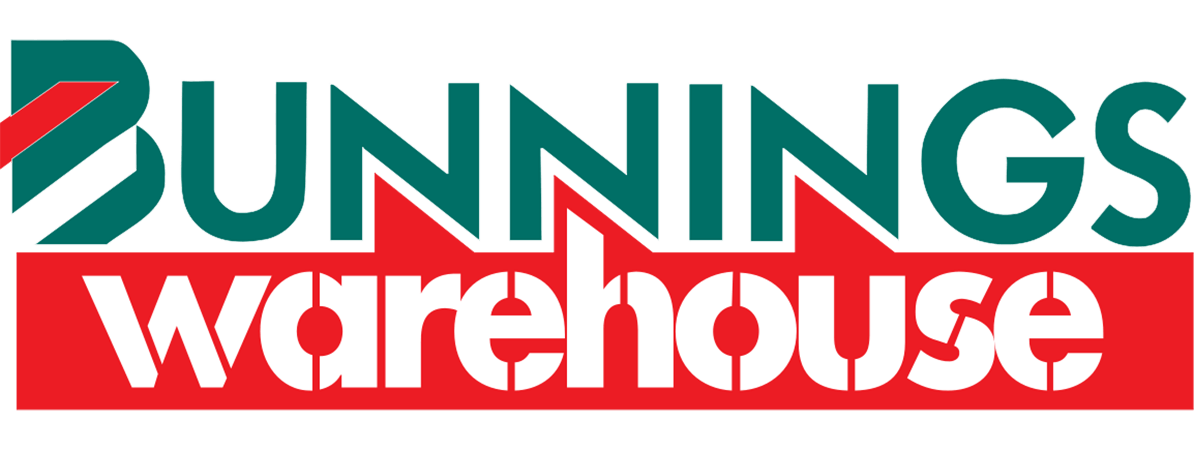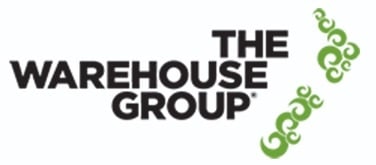
Tired of playing whack-a-mole? Here’s how to get your reporting back on track
New Zealand’s Child Cancer Foundation does vital work for Kiwi kids and their families. As a not-for-profit, they’re always looking for new ways to support families and raise much-needed funds – which means less time for strategic work or in-depth reporting. After decades of work, the foundation had a vast trove of donor information but didn’t have the internal capacity – or time – to harness it. Instead, it struggled to keep up with day-to-day reporting and a constant stream of operational and marketing issues.
This type of organisational whack-a-mole is all too common in not-for-profits and commercial businesses alike. You know you could be getting more value from your technology and reporting processes, but spend most of your time putting out fires instead. This can mean that you don’t have a complete understanding of what’s happening with your business or your customers, which puts you on the back foot compared with others in your sector.
It could be a matter of competing business priorities – everyday operations can take all your time with missing capability or capacity on your internal teams, or miscommunication between teams. Some organisations focus on tech acquisition rather than outcomes, while others run into issues with data quality or old, inflexible software systems.
How do you stop the endless sprint and get meaningful results from your internal reporting? It’s about spotting the signs of an issue, understanding why it’s happening, and then making changes. It may also mean pulling in experts to boost your capacity and give you an outside perspective.
Signs of an analytics roadblock
What are the signs of a mismatch between analytics goals and outcomes?
All rush, no results
Are you and your team always busy, but never really ticking anything off your list? This can happen in several ways. Some teams spend so much time gathering and collating numbers for reporting that they don’t have time to consider and implement the results. Some are pulled in so many directions that there’s no space for strategic work. Others produce a constant stream of reports because that’s how it has always been done, without a clear understanding of why.
Technology before outcomes
Struggling to see the ROI on that expensive new technology? Whether it’s a marketing automation platform, an embedded AI solution or a shift to the cloud, the latest and shiniest tech can seem like the answer to all your organisational problems. But, if you invest in new tech without connecting it to your business problems, you won’t get the full benefit – or any. If your big tech investment isn’t paying off in the way you expected, it’s a sure sign of a disconnect.
What’s behind analytics problems?
Organisations can get into ‘whack-a-mole’ territory for several reasons, including lack of capacity, misalignment between teams and issues with business records. At Datamine, we’ve worked with analytics and IT teams for decades, so we’ve seen the issues up close.
Competing priorities
For many organisations, underperforming analytics comes down to lack of time and focus. Reporting and analytics can be less of a priority in comparison with everyday tasks, like customer service and staffing, which can mean it’s pushed aside or delayed.
Data deficiencies
If your customer information or sales records are poorly maintained, hard to access or incomplete, it could impact your reporting and analytics processes. For example, if your team has to gather, sort, and organise business data before it can be used, a seemingly simple report or analysis can turn into a significant time investment.
Lack of internal resources
Often, analytics efforts are stymied by lack of internal resources. If you have one person or a small team managing all your reporting and analysis projects, they could be overloaded with tasks, leading to slower results and frustration for other teams. Lack of capacity can also make it harder to scale up your analytics work as your business grows.
Misaligned or unclear objectives
Lack of clarity around your reporting can also lead to issues. If there’s no wider strategy or clear purpose for your analytics, it’s hard to prioritise work and use your resources wisely. Are you trying to build a better understanding of your customer base? Do you need to work out which of your products are profit drivers? Do you want to increase sales or boost customer loyalty?
If there’s no clear strategy across teams, it’s a surefire path to confusion and unsatisfying results. This can be a particular issue in large organisations – if your IT team, analytics team and other business units are siloed, it can be difficult for them to work together on analytics projects or goal setting.
 Understanding your business: your how-to guide
Understanding your business: your how-to guide
Whether your team is dealing with capacity issues, lack of clarity or missing information – or if there’s simply not enough time in your day – there are ways to get around analytics roadblocks and start delivering your business objectives. It’s about changing the way you prioritise projects, getting all teams aligned on objectives, and creating a clear process to follow. Key measures include:
Triaging projects and services
If your organisation doesn’t have an effective way to triage work – including long-term improvement and urgent projects – competing priorities will slow everything down. Unless you have endless resources and time, emergencies will take precedence, getting in the way of long-term strategic work. A triage system is a way to assess and prioritise work, so those business-building projects don’t get lost in the shuffle.
Protecting key resources
When your internal resources are limited, it’s important that they don’t get bogged down in work that doesn’t align with your analytics goals. For example, if your core objective is building your understanding of your customer base and increasing sales, your team should be focused on that – not on sales numbers or minor IT issues.
Protecting resources might also involve bringing in external support as needed, or developing your internal capacity with staff training or recruitment. In the long term, sharing knowledge across your organisation can help you avoid straining resources – and also ensure everyone is aligned on goals and strategies.
Clear, aligned strategy
Objectives ensure that you, your internal teams and any external stakeholders are on the same path. These should be clear, measurable and directly connected to wider business goals. It’s also crucial to have a shared understanding of definitions and metrics in your analytics work – this minimises miscommunication and helps you build a culture of collaboration. When you work with Datamine, developing your vision, a clear strategy and measurable objectives are first steps.
For example, if your broad objective is to increase customer loyalty, everyone needs to agree on the metric used to measure loyalty, the definition of a customer and the solutions and projects you will need to get there.
Multiple speed model
A multiple speed model is used to manage different projects and systems at the same time, but at different paces. Depending on the nature of your work and your goals, this could mean some teams work on stable, long-term objectives, with others available for quick innovation and problem-solving work. The goal is to find the right speed for each project, rather than trying to achieve competing goals with the same methods. Of course, a multiple speed approach does require a clear strategy, boundaries, and full business support – it’s not something you can just jump into.
Formalise reporting processes
It’s relatively simple to run a customer segmentation or create a sales forecast once, but building an ongoing analytics process is less straightforward. If you want to escape the endless sprint, it’s crucial to formalise reporting and analytics processes. With a regular process to follow, you reduce strain on key resources and make it easier to scale up as your business grows.
Get up to speed with your analytics goals
Reporting and analytics are often the first things to slip when a business gets busy. You can be struggling to keep up with day-to-day work and minor problems rather than building your understanding of your organisation. The result? Your team is in a constant state of rush and panic, but your broader analytics goals don’t get any closer to completion. You’re always dealing with numbers and complex tech, but you’re not getting the benefits you can see in your competitors.
How can your organisation break free from the constant cycle of catch-up and make progress towards your goals? There isn’t a one-size-fits-all solution – it’s about finding clarity of purpose, understanding what you already have, building knowledge and resources, and seeking assistance from experts. That’s where Datamine comes in.
Collaborating with Datamine enabled the Child Cancer Foundation to clean and organise years of donor information. This resulted in a customer segmentation and profiling tailored for precise donor targeting and increased donations. After the success of that first campaign, we established a robust data management system and strong internal processes to support future campaigns.
If your organisation is struggling to find value in your business information or technology, we can help. Talk to our team to find out more.

















































